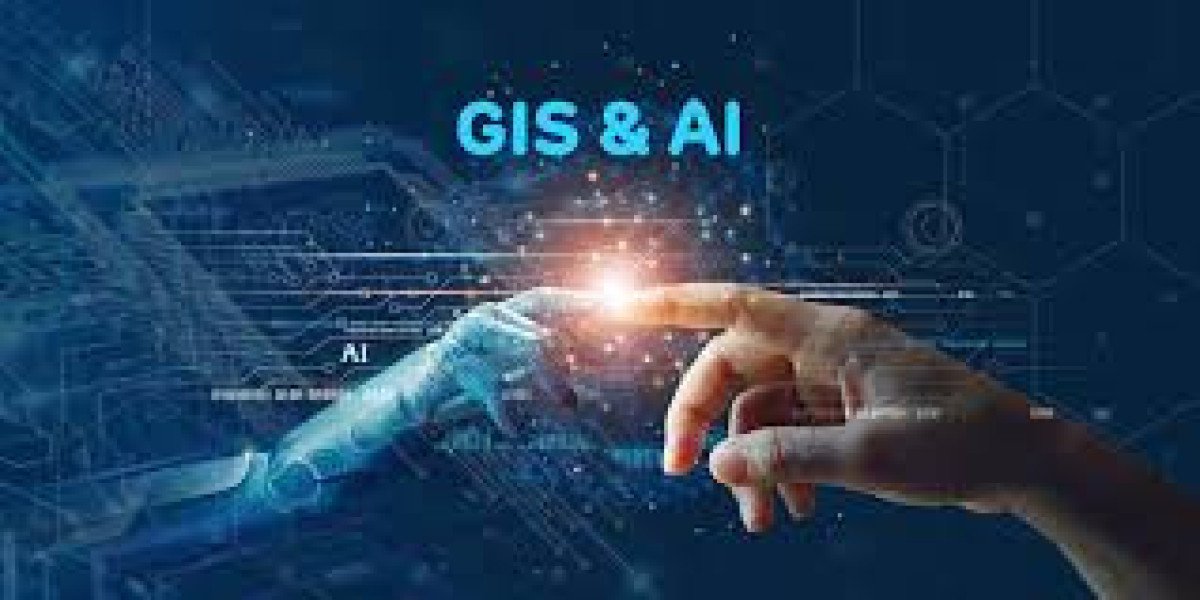A deeper, more strategic analysis of the Geospatial AI market uncovers several pivotal insights that reveal its true transformative potential beyond just making prettier maps or faster route calculations. One of the most significant Geospatial Analytics Artificial Intelligence Market Insights is the realization that this technology is the key to unlocking the true value of "alternative data" in the financial services industry. The critical insight is that in a world of highly efficient markets, the traditional financial data (stock prices, earnings reports) that everyone has access to offers very little "alpha," or an edge over the market. The real competitive advantage is now found in analyzing novel, unstructured, alternative datasets, and a huge portion of this data is inherently geospatial. The insight is that hedge funds and institutional investors are now using Geospatial AI as a primary tool for "nowcasting" economic activity. They are using AI to analyze satellite images of retailer parking lots to predict quarterly sales before the company reports them, to count the number of oil tankers at sea to forecast oil inventories, and to monitor the level of industrial activity in a region by tracking nighttime light emissions. This transformation of the physical world into a real-time, quantifiable economic indicator is a core insight driving massive investment in the space.
A second, crucial insight that is reshaping the market is that Geospatial AI is not a single, monolithic technology; it is a convergence of multiple, powerful AI disciplines. The insight is that the most powerful solutions are those that can seamlessly blend different AI capabilities to solve a problem. For example, a modern Geospatial AI platform for the insurance industry might use computer vision to automatically identify every building in a satellite image of a coastal area. It would then use a traditional machine learning model, trained on historical weather and claims data, to predict the probability of hurricane damage for each of those specific buildings. Finally, it might use Natural Language Processing (NLP) to scan local news reports and social media during a storm to get real-time, on-the-ground damage assessments. The insight is that the competitive advantage lies not just in being good at one of these things, but in having a platform that can expertly orchestrate the interplay between computer vision, predictive modeling, and NLP to provide a holistic and multi-faceted understanding of a spatial problem.
A final, powerful market insight lies in the recognition that the ultimate goal of Geospatial AI is to move beyond prediction and towards prescription and automation. It is not enough to simply predict where a problem might occur; the true value lies in recommending the best course of action. The insight is that the most advanced platforms are now incorporating optimization and reinforcement learning algorithms to provide prescriptive analytics. For example, a platform might not just predict which parts of a power grid are most at risk of failure during a heatwave; it will also recommend the optimal pre-positioning of repair crews to minimize outage times. In logistics, it will not just predict traffic congestion; it will automatically and dynamically re-route an entire fleet of vehicles to avoid it. This shift from being a passive analytical tool to an active, decision-making and automation engine is the ultimate insight into the future of the industry, where it becomes the core of a truly intelligent and spatially aware operational system.
Top Trending Regional Reports -







